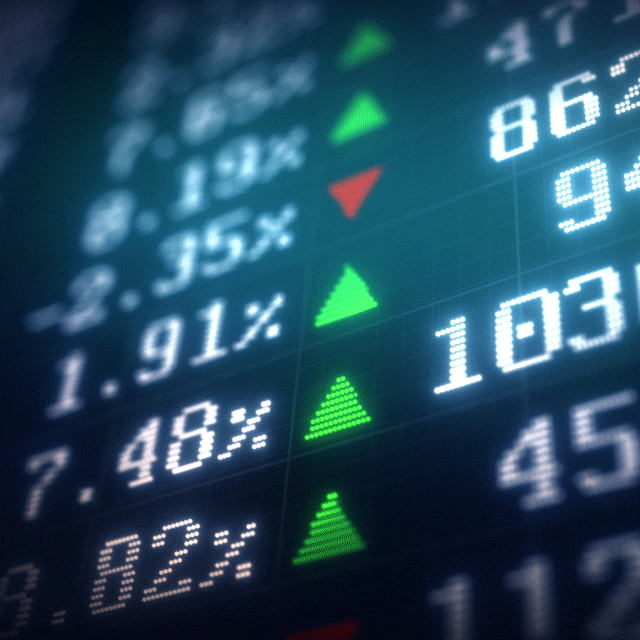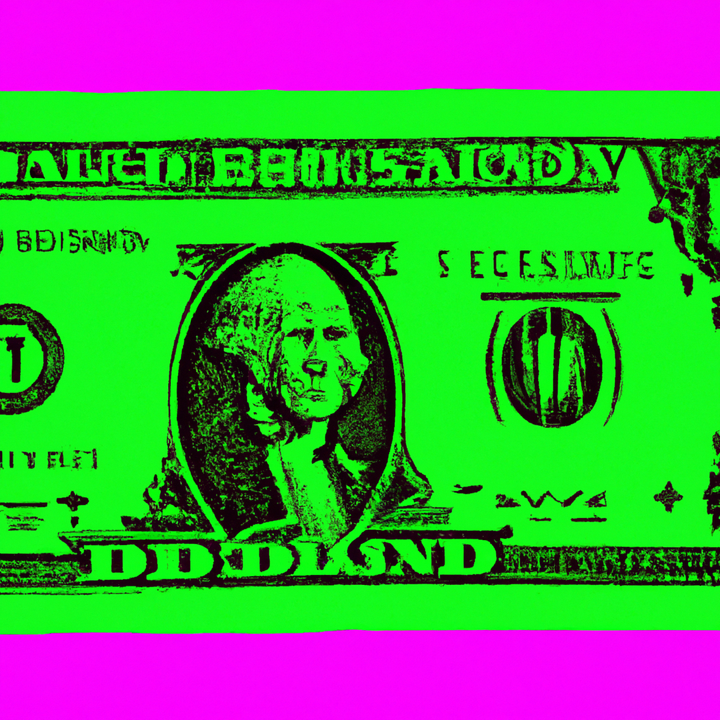The Rise of Decentralized Finance (DeFi)

The Emergence of Decentralized Finance (DeFi)
Decentralized Finance, known as DeFi, is a groundbreaking shift in the financial world. It’s not just a technological advancement; it’s a reimagining of financial systems and processes. Built on blockchain technology, DeFi has ushered in a new era of financial interaction, free from traditional banking constraints.
The concept of decentralized finance began with the introduction of Bitcoin in 2009. However, the real catalyst for DeFi was the launch of the Ethereum network, which allowed developers to create complex financial applications through smart contracts. This opened doors to a diverse range of decentralized financial services.
DeFi’s significance lies in its ability to provide financial services without reliance on centralized intermediaries. From trading to lending, borrowing, and investing, DeFi platforms offer these services directly between users. The impact of this approach extends beyond technology, fostering a more inclusive, transparent, and efficient financial ecosystem.
DeFi’s rise has been meteoric, and its influence is permeating the entire financial industry. The revolutionary nature of DeFi is reshaping how we think about money and finance, bridging gaps, and creating opportunities that were previously unimaginable.
The Key Components of DeFi
The DeFi ecosystem is comprised of several key components, each contributing to its functionality and growth. Understanding these elements provides insight into DeFi’s transformative impact on the financial world.
Smart Contracts: Smart contracts, the building blocks of DeFi, are automated contracts where the terms are written into code. They execute agreements without human intervention, providing a transparent and trustless way to facilitate transactions.
Decentralized Exchanges (DEXs): DEXs are platforms that allow peer-to-peer trading without a central authority. Users retain control of their funds, enhancing security and privacy in the trading process.
Lending and Borrowing Platforms: These platforms enable users to lend assets to earn interest or borrow against collateral. This democratizes access to credit and investment opportunities, providing financial services to a wider audience.
Stablecoins: Stablecoins provide a stable value in the volatile crypto market by pegging to traditional assets. They are vital for many DeFi applications, acting as a bridge between the crypto and fiat worlds.
Yield Farming and Liquidity Mining: These mechanisms incentivize users to provide liquidity or participate in a protocol, often earning them rewards in return. This has attracted significant investment and community participation in DeFi.
Insurance Protocols: DeFi insurance protects against losses from various risks, such as hacks or bugs. It adds a layer of trust and security, enhancing confidence in the DeFi space.
Oracles: Oracles feed real-world data into smart contracts, enabling them to interact with external information. They are crucial for various functions within DeFi, such as price feeds or settlement processes.
Tokenization and Synthetic Assets: Tokenization allows the creation of digital tokens representing real-world assets, while synthetic assets mimic the value of other assets. Both concepts broaden the range of available financial products in the DeFi space.
DAOs (Decentralized Autonomous Organizations): DAOs are organizations governed by smart contracts rather than individuals. They enable community-driven decision-making, enhancing decentralization and democracy within DeFi projects.
The Impact of DeFi on Cryptocurrency and the Wider Financial Ecosystem
DeFi’s impact is far-reaching, affecting not only the cryptocurrency market but also the broader financial landscape. Its emergence has fostered innovation, challenged traditional financial paradigms, and created new pathways for growth and development.
Democratization of Finance: DeFi has broken down barriers, making financial services accessible to all. It has enabled individuals, regardless of their location or economic status, to participate in the financial market without traditional gatekeepers.
Enhanced Efficiency and Transparency: DeFi’s transparent nature ensures that all transactions are publicly visible on the blockchain. This fosters trust and allows for more effective market dynamics, reducing the costs and time associated with traditional financial operations.
Stimulation of Innovation: The open and permissionless nature of DeFi has stimulated a wave of creativity. From decentralized derivatives to unique lending protocols, the space continues to evolve, offering new and exciting financial solutions.
Interoperability and Composability: DeFi’s modular architecture enables seamless interaction between various protocols and platforms. This composability allows developers to build new products by combining existing ones, creating a rich and interconnected ecosystem.
Regulatory Challenges and Risks: The decentralized structure of DeFi poses unique regulatory challenges. Balancing regulation with innovation is complex, and inherent technological risks must also be considered. The evolving regulatory landscape will play a significant role in DeFi’s future growth.
Economic Impact: DeFi is influencing economic models and monetary policies. By offering alternative investment opportunities and creating new markets, it is reshaping the economic landscape and challenging traditional financial theories.
Environmental Considerations: As with other blockchain technologies, some DeFi platforms have been criticized for their environmental impact. The ongoing shift towards more eco-friendly consensus mechanisms, such as Proof of Stake, is an important consideration for sustainable growth in the DeFi space.
The Future of DeFi
The future of DeFi is filled with promise, but it also faces challenges and uncertainties. What lies ahead is a complex interplay of innovation, regulation, security, and integration with traditional financial systems.
Adoption and Mainstream Acceptance: While DeFi has experienced remarkable growth, mainstream acceptance requires further innovation, improved user experience, and collaboration with traditional financial sectors.
Regulation and Compliance: The future success of DeFi depends on its ability to navigate the regulatory landscape. Clear frameworks that protect consumers without hindering innovation will be essential.
Security and Risk Management: As DeFi matures, its approach to security and risk management must evolve. Robust smart contract development, governance models, and comprehensive insurance solutions will be key to building trust in the ecosystem.
Integration with Traditional Finance: The blending of DeFi with traditional finance can create a more cohesive and efficient system. Ongoing collaborations between traditional institutions and DeFi platforms are bridging the gap between these two worlds.
Global Impact and Social Considerations: DeFi has the potential to address global financial inequalities and foster financial inclusion. The social implications of this transformation extend beyond mere financial gains, contributing to broader societal development.
Technological Advancements: Continued technological advancements will drive DeFi’s evolution. From layer 2 scaling solutions to more efficient
consensus mechanisms, technology will remain at the forefront of DeFi’s growth.
Market Dynamics and Economic Models: DeFi’s market dynamics and underlying economic models are still evolving. Understanding these dynamics and adapting to market changes will be crucial for long-term stability and success.
DeFi represents a new frontier in finance. Its rise has been rapid and its potential vast. From democratizing access to fostering innovation, enhancing transparency, and challenging traditional financial norms, DeFi is reshaping the financial world. The journey is ongoing, and the possibilities are endless. DeFi’s story is far from over; it’s a living testament to human creativity and the power of decentralization. It’s a vision of a financial future that is open, transparent, inclusive, and, above all, decentralized.


